Eimac |
© Tube Collection Udo Radtke, Germany 2015-11-05 |
| Typen / Types:
(Typenschlüssel / Type Numbering System)
>>
2-50A, 2-450A, 2X1000A, 3CW40000A5, 3CX800A7, 3CX1500A7, 3CX2500A3, 3CX2700A3, 3CX3000A1, 3-150ZG, 3-200A3, 3-400Z, 3-500Z, 3-1000H, 3-1000Z, 3C24, 4-65A, 4-125A, 4-250A, 4-400A, 4CS250A, 4CX300A, 4PR400A, 4CX250M, 4CX250R, 4CX5000A, 4PR60A, 4PR60C, 4PR400A, 4X500A, 4PR1000A, 5-500A, 5CX1500A, 6C21, 15E, 25T, 35T, 35TG, 50T, 75TL, 100T, 100TH, 152TH, 254W, 250TH, 254W, 304TL, 450TH, 450TL, 527, 8965, RX21, VT-127A, VT-129, VT-158, Y-180, YU-191A,
rot =
Foto eingebaut,
blau =
Röhre in Bearbeitung,
schwarz oder nicht gelistet = Type fehlt noch |
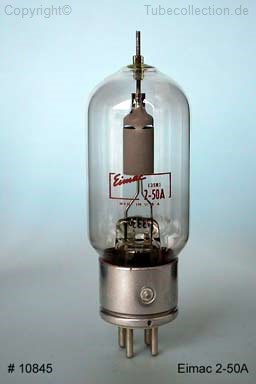 |
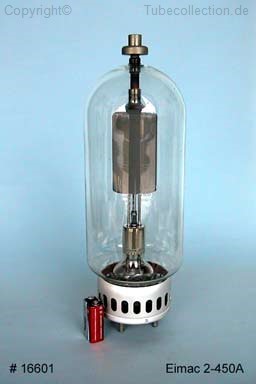 |
|
| 2-50A | 2-450A |
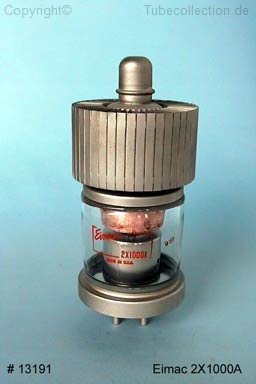 |
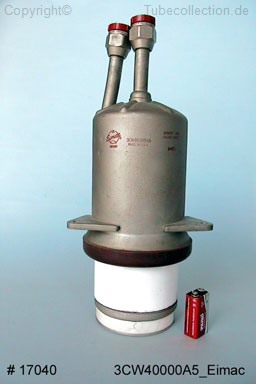 |
|
| 2X1000A | 3CW40000A5 |
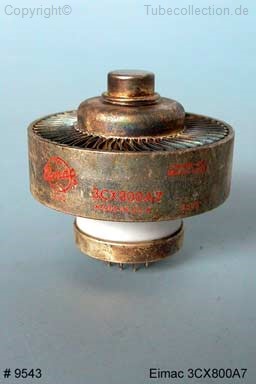 |
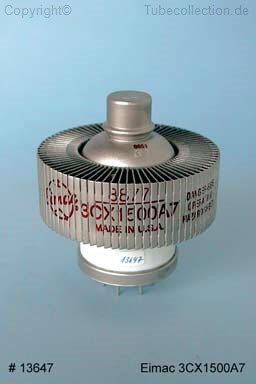 |
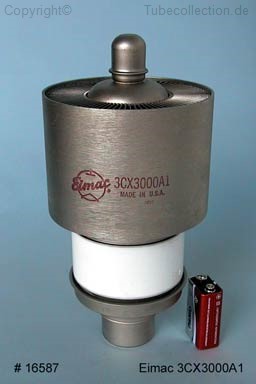 |
| 3CX800A7 | 3CX1500A7 | 3CX3000A1 |
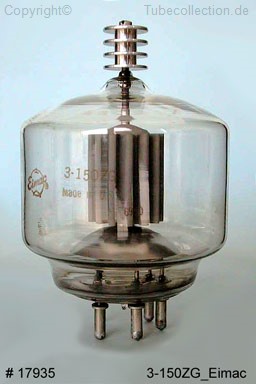 |
||
| 3-150ZG |
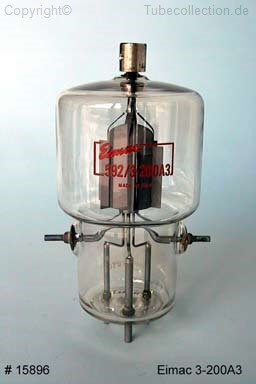 |
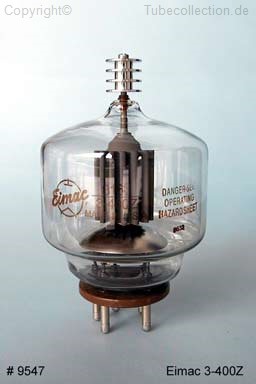 |
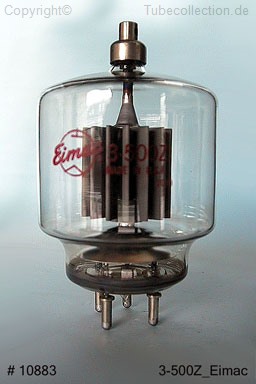 |
| 3-200A3 | 3-400Z | 3-500Z |
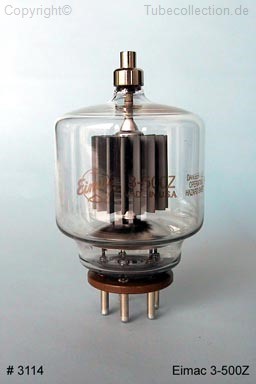 |
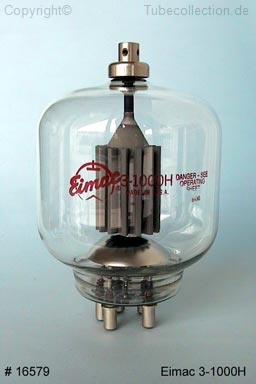 |
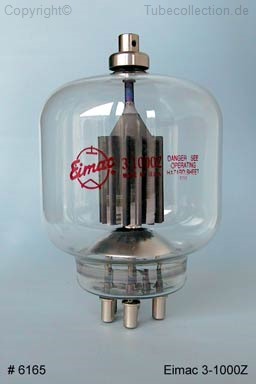 |
| 3-500Z | 3-1000H | 3-1000Z |
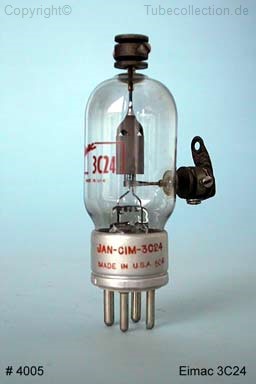 |
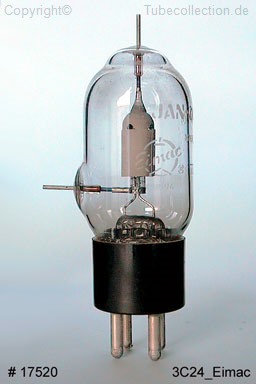 |
|
| 3C24 | 3C24 |
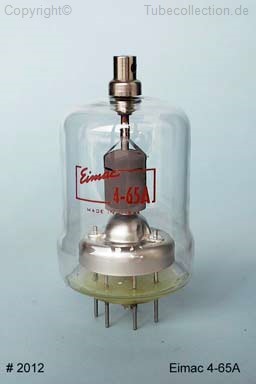 |
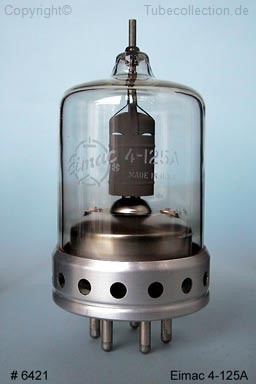 |
|
| 4-65A | 4-125A |
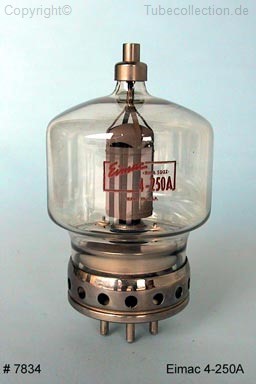 |
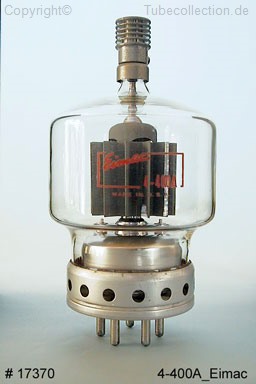 |
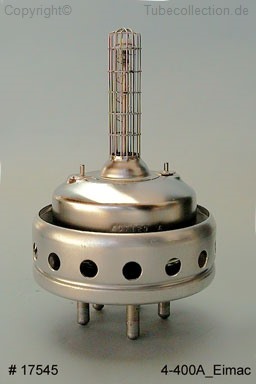 |
| 4-250A | 4-400A | 4-400A inside |
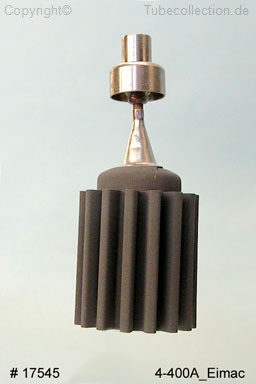 |
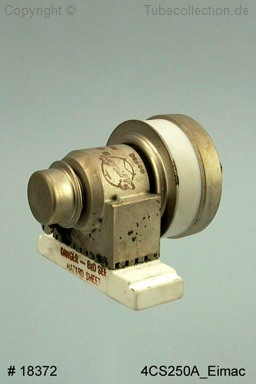 |
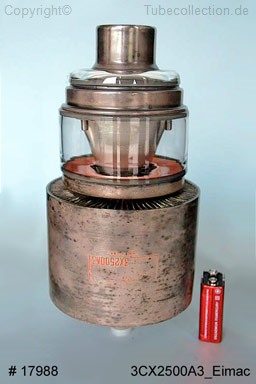 |
| 4-400A inside | 4CS250A | 3CX2500A3 Var.1 |
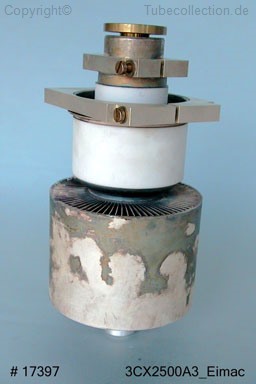 |
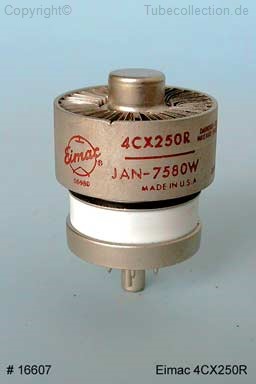 |
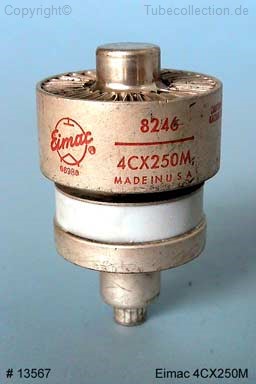 |
| 3CX2500A3 Var.2 | 4CX205R | 4CX250M |
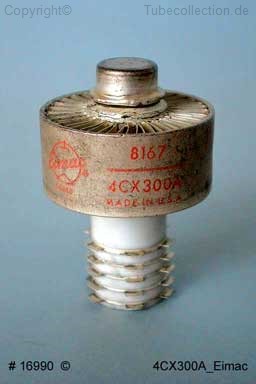 |
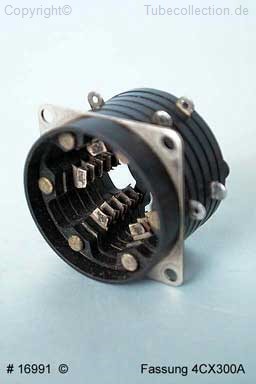 |
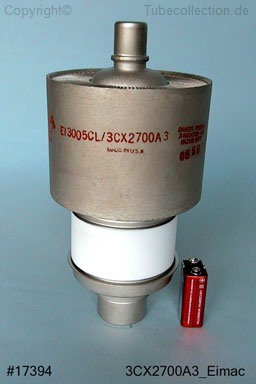 |
| 4CX300A | 4CX300A | 3CX2700A3 |
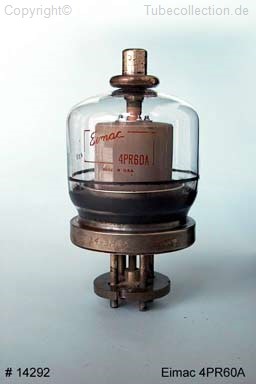 |
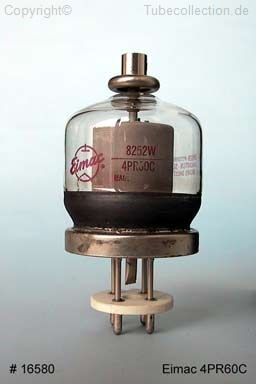 |
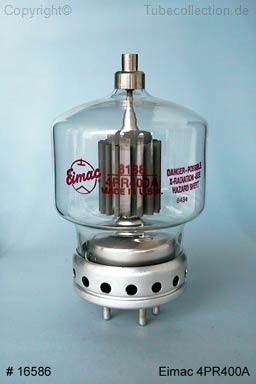 |
| 4PR60A | 4PR60C | 4PR400A |
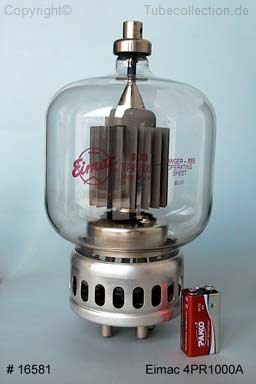 |
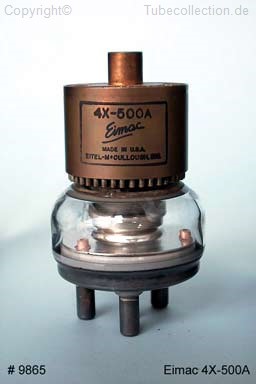 |
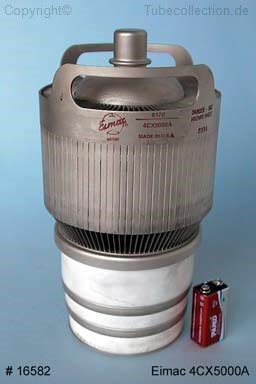 |
| 4PR1000A | 4X-500A | 4CX5000A |
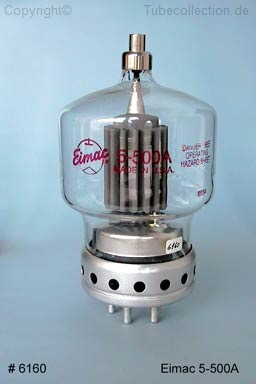 |
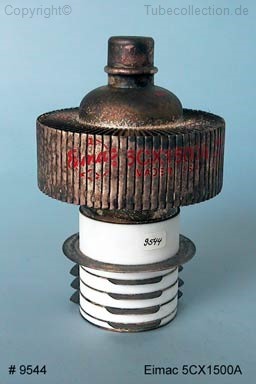 |
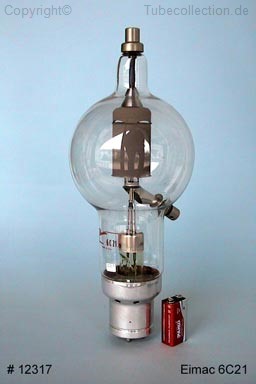 |
| 5-500A | 5CX1500A | 6C21 |
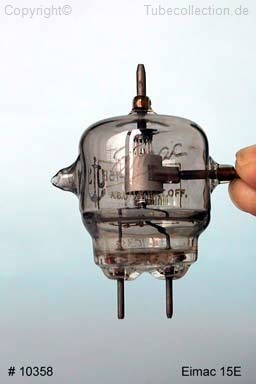 |
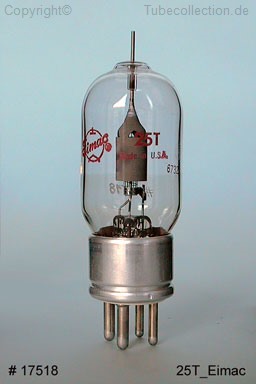 |
|
| 15E | 25T |
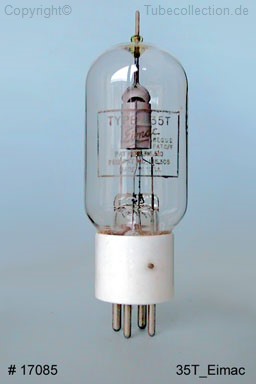 |
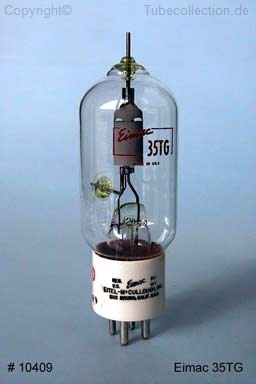 |
|
| 35T | 35TG |
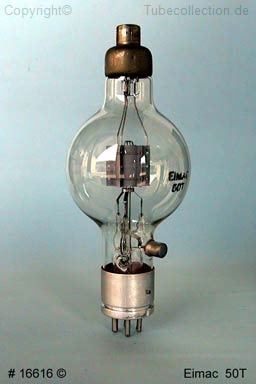 |
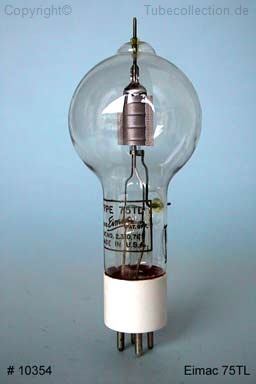 |
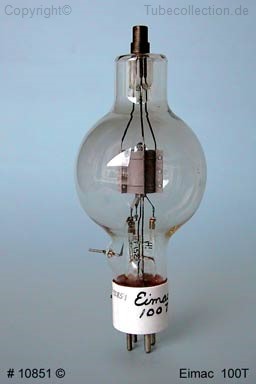 |
| 50T | 75TL | 100T |
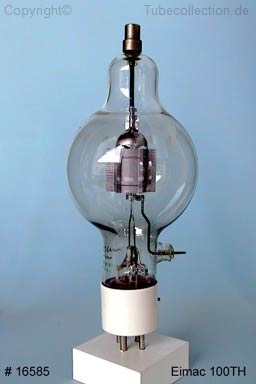 |
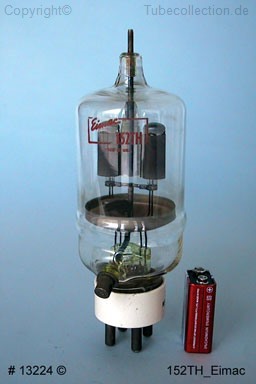 |
|
| 100TH | 152TH |
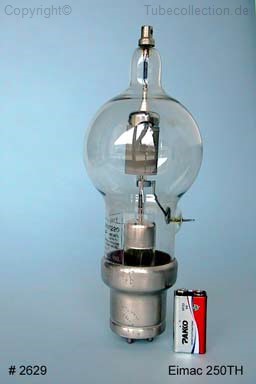 |
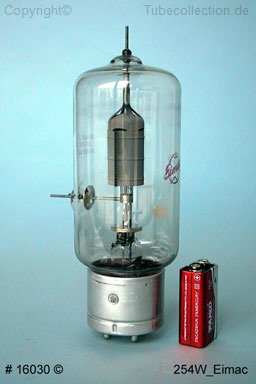 |
|
| 250 TH = VT-220 | 254W |
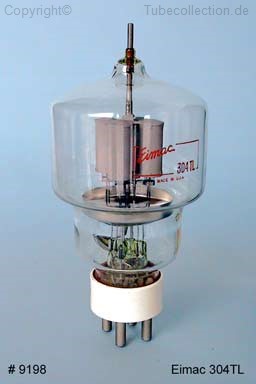 |
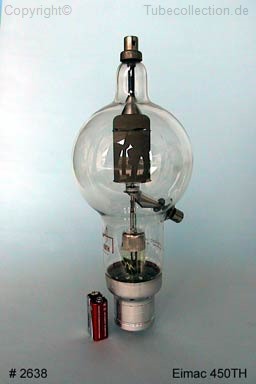 |
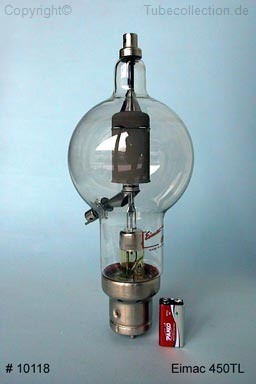 |
| 304TL | 450TH | 450 TL |
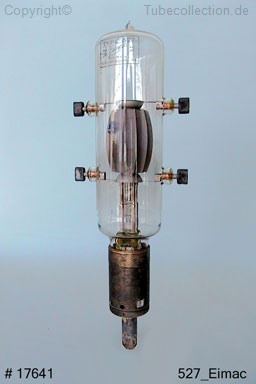 |
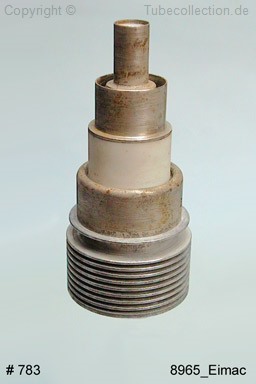 |
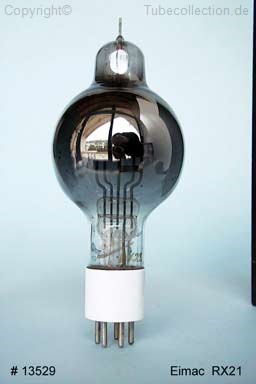 |
| 527 | 8965 | RX21 |
| Type 527 They were designed to take the place of the VT127A family of ring oscillators. They were extensively used through the Korean war. I think they could get a million watts out of a pair in pulse. Lots of filament current. They were on
the military “preferred” lists for 1944 and 1945. Eimac, which
at the time was mostly skilled artisans rather than analytic types,
went through forty-some prototype designs before coming up with the
final product. Postwar, they weren’t particularly interested in
reproducing 527s, so Penta Labs, formed in Korea times, did a run of
them.
|
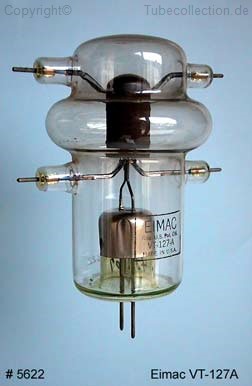 |
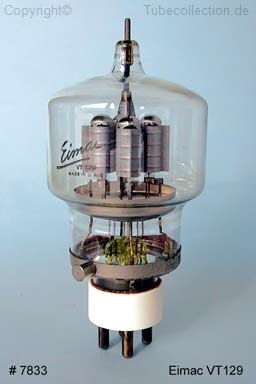 |
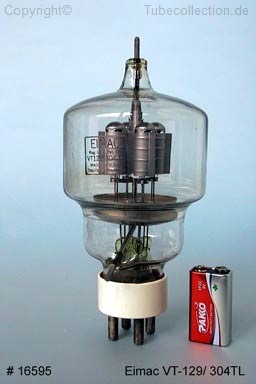 |
| VT-127A | VT-129 Var.1 | VT-129 Var.2 |
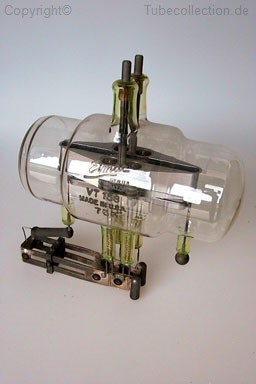 |
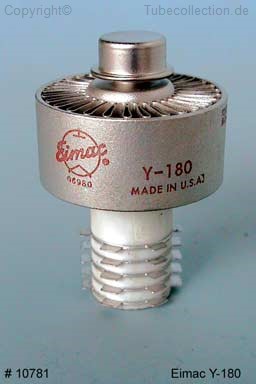 |
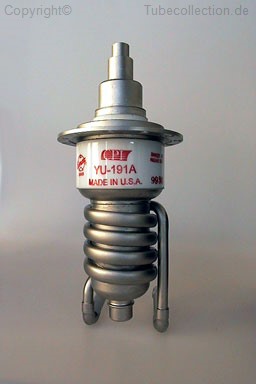 |
| VT-158 Zahl Radar | Y-180 | YU-191A |
|
Sollte jemand eine Fehler finden oder etwas zu ergänzen haben, so bitte ich um eine Mail.
Home |
 |
In case there is something incorrect or should be added, please send me a mail. |